Today’s Laboratory Equipment newsletter features an interesting article on how Purdue researchers have created a water-disinfection system that uses ultraviolet radiation from the sun to remove pathogens. With 800 million people unable to access clean drinking water, the potential for water-cleaning system that can be powered by natural resources is tremendous. According to Water.org and the United Nations Human Development Report, every 20 seconds a child dies from a water-related disease. This water treatment device uses a parabolic reflector to capture sunlight and focus it onto a UV-transparent pipe through which the water flows. In a brilliant development, the reflector is made out of a type of wood, paulownia, which is inexpensive and e
Monthly Archives: September 2011
- Thursday, September 29, 2011
- Tuesday, September 27, 2011
Our newest product category,
, features several items with different methods for determining if your lab materials have been properly sterilized. So to avoid confusion in what can be a life-or-death matter, we’ve pulled together some resources from the manufacturer of this line, 3M Health Care. This product line can be broken down into three categories: Physical monitors, chemical indicators, and biological indicators. Because each type has its own unique advantages and disadvantages, the organizations that publish guidelines for sterilization, such as the CDC (Centers for Disease Control and Prevention) and AAMI (Association for the Advancement of Medical Instrumentation), recommend a combination of these monitoring types to get a clear picture of the sterilization process. Let’s break down each type of sterilization monitor and its pros and cons:
- Physical monitors – Includes gauges, electric readouts, etc.
- Pros – Provides real
- Physical monitors – Includes gauges, electric readouts, etc.
- Thursday, September 22, 2011
Steroid hormones such as estrogen are known to have profound effects on our short-term and long-term physiology, but difficulty separating them from brain tissue has long been a hindrance to further analysis. Thankfully, a new study shows scientists from the University of Massachusetts and UCLA have found success in this area by incorporating Solid-Phase Extraction (SPE) into their testing protocol. Traditional methods of isolating steroid hormones (or “neurosteroids”) by liquid extraction are problematic because these compounds are lipid soluble and brain tissue is very rich in lipids, which turns sample preparation into a sort of scavenger hunt and can lead to inaccurate measurements. In order to solve this problem, the authors designed a two-stage protocol of liquid and solid-phase extraction, in this case using a vacuum manifold endcapped with Empore C18
- Tuesday, September 20, 2011
The National Institutes of Health is having a busy week as they present a batch of new medical research funding to contributors across the country. The bulk of this funding comes from the 79 awards totaling $143.8 million being distributed through three different research programs designed to promote innovative research: the NIH Director’s Pioneer, the New Innovator, and the Transformative Research Project. As if that wasn’t enough, NIH also announced the recipients for the NIDA (National Institute on Drug Abuse) Avant-Garde Awards for Innovative Medication Development Research. The two winners, Dr. Kosten of Baylor College of Medicine and Dr. Burkhard of University of Connecticut, will each receive $500,000 per year for five years to support their projects. Dr. Kosten is developing a human methamphetamine vaccine, which would limit the amount the drug that reaches the brain and therefore prevent the user from get
- Thursday, September 15, 2011
In searching for new weapons in their fight against the destructive mountain pine beetle, scientists at the USDA Forest Service are experimenting using filtration techniques to create more effective insecticide treatment. It is estimated that 8% of forests in the United States are at risk to insect or disease outbreaks; among this percentage the mountain pine beetle is considered the biggest threat.
- Friday, September 09, 2011
We just updated our shipping options so now you can use your own shipping account for online orders! This was another feature that quite a few of our customers have asked about and we’re glad we could get it up and running this week. Just select “Use My Own Shipping Account” when checking out to choose your carrier (UPS, FedEx, DHL) and your method. Quick, simple, and there’s no handling fee so it’s a completely free option if you wish to use it! Please note however that entering incorrect account information can result in a delay with your shipment and maybe a scolding from me…Happy ordering!
- Thursday, September 01, 2011
Scientists in Germany recently published a study in which they took a new approach to analyzing nanofiltration membranes. They used a methodology called “Thinking in terms of Structure-Activity-Relationships” (AKA T-SAR) that was first introduced in 2003 to determine the properties and the effects of different substance classes on biological systems. T-SAR was applied here to see if it could provide them with a better understanding of the NF membrane as well as predict the membrane’s performance for the recovery of ionic fluids. T-SAR analysis makes it possible to analyze a chemical compound using only its three-dimensional chemical structure, but the process is made more difficult and complex as the size of the molecule increases. This characteristic of T-SAR creates a problem for NF materials. In order to overc


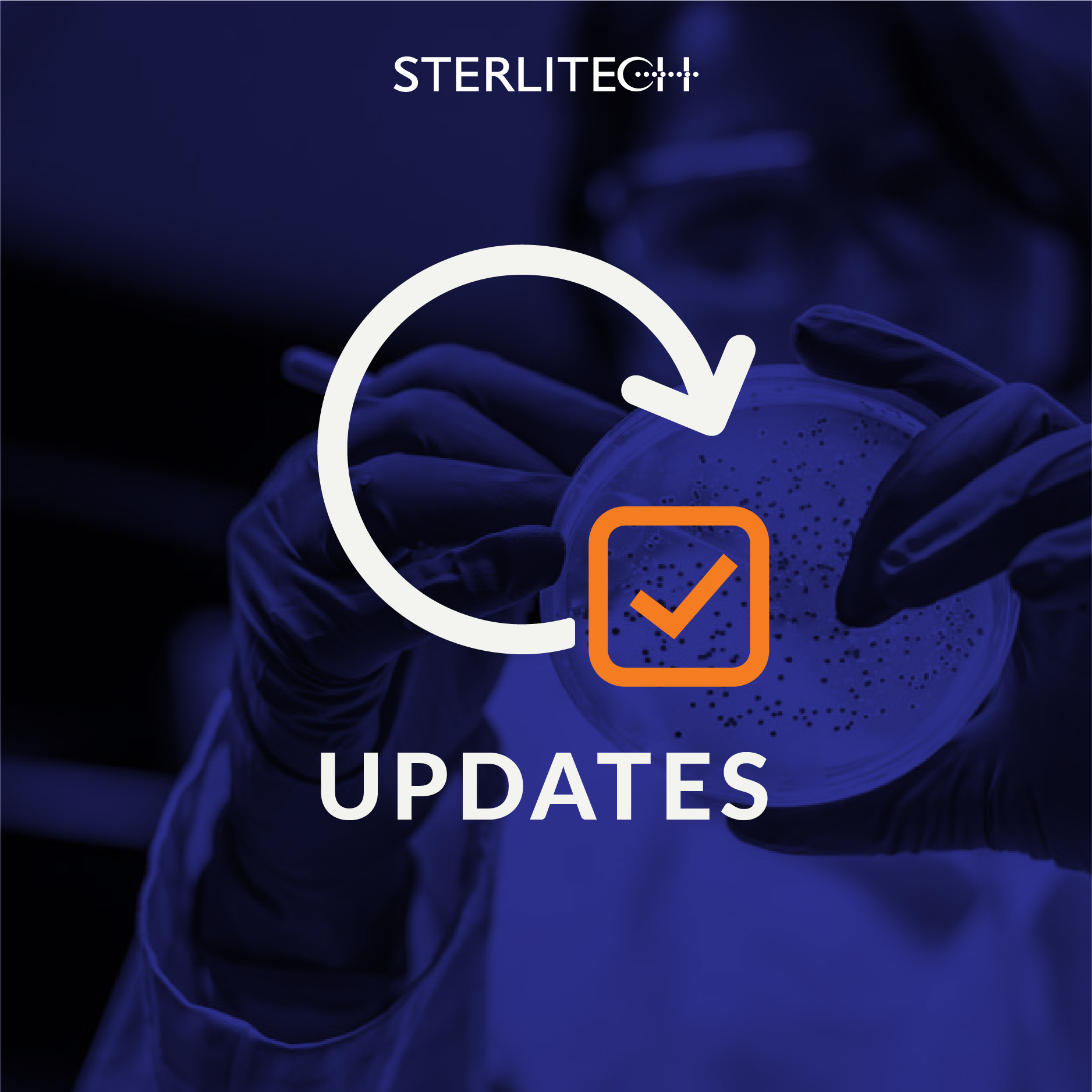
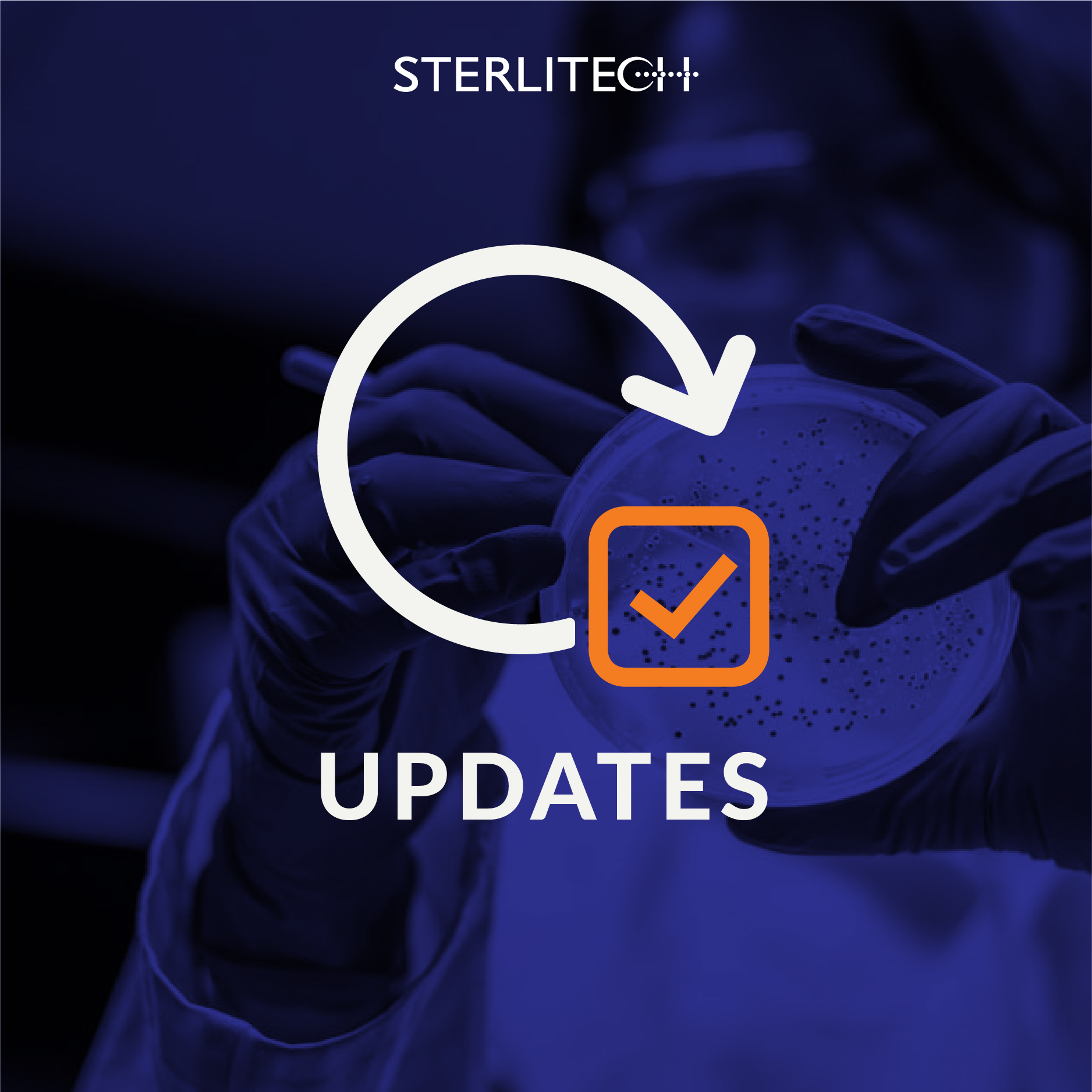
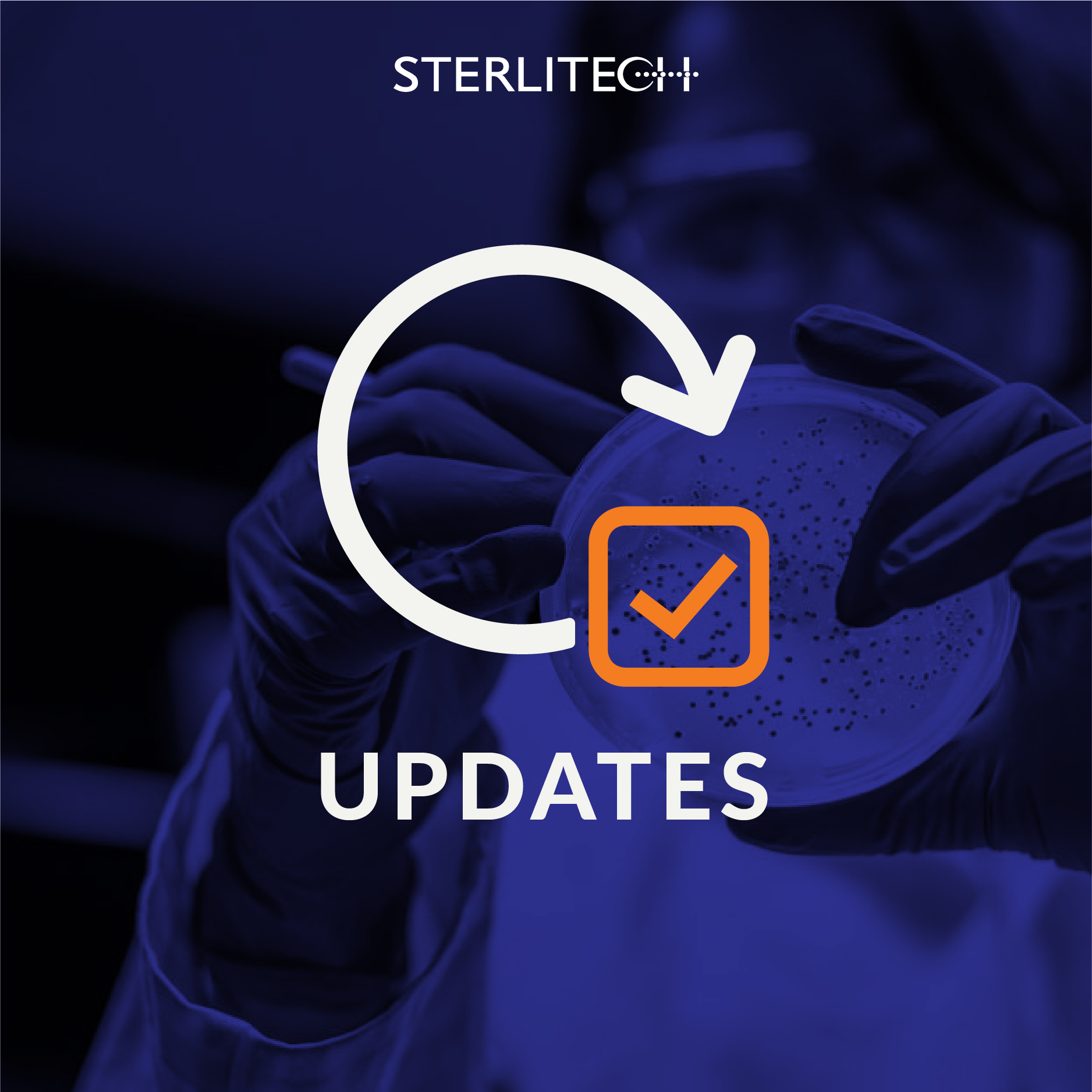
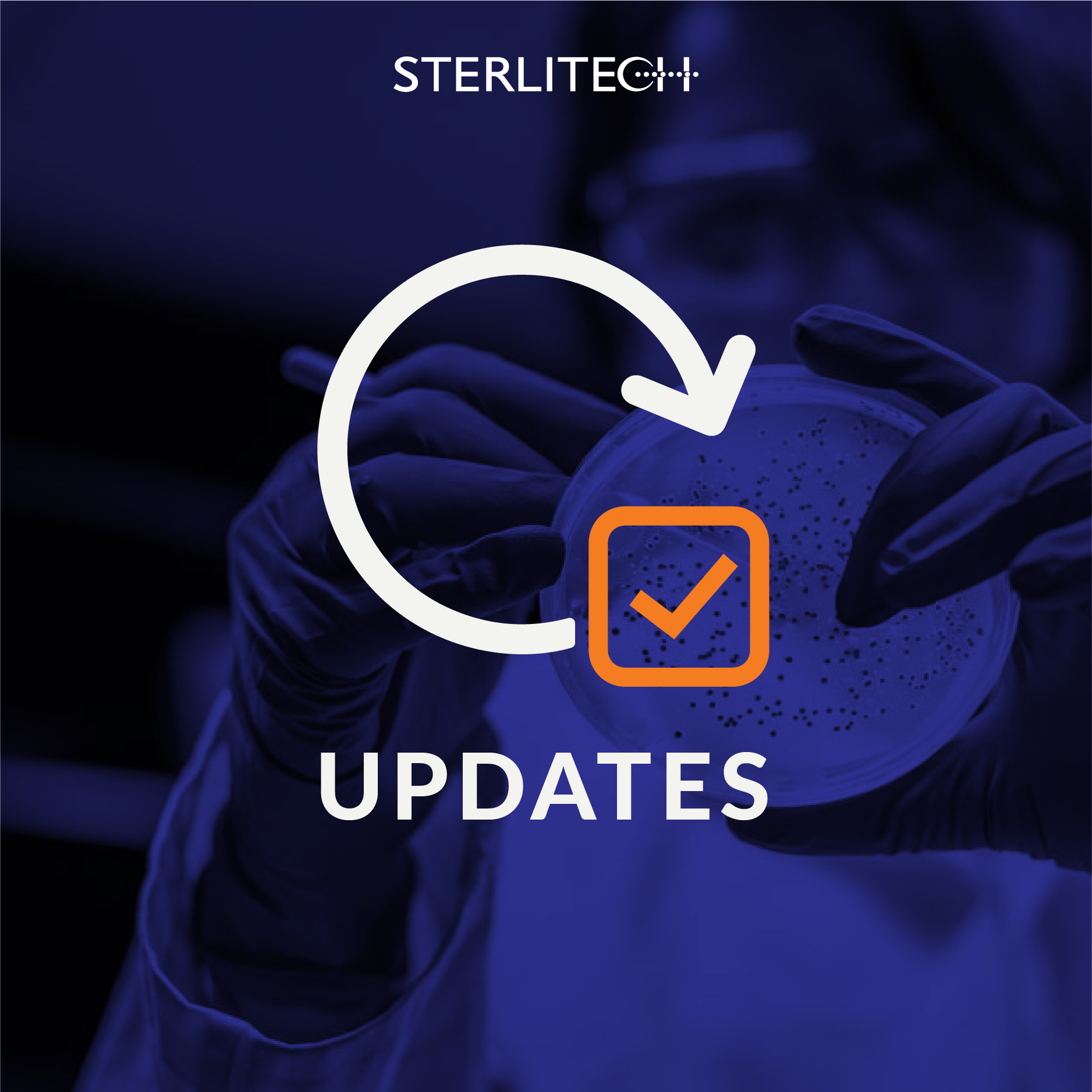

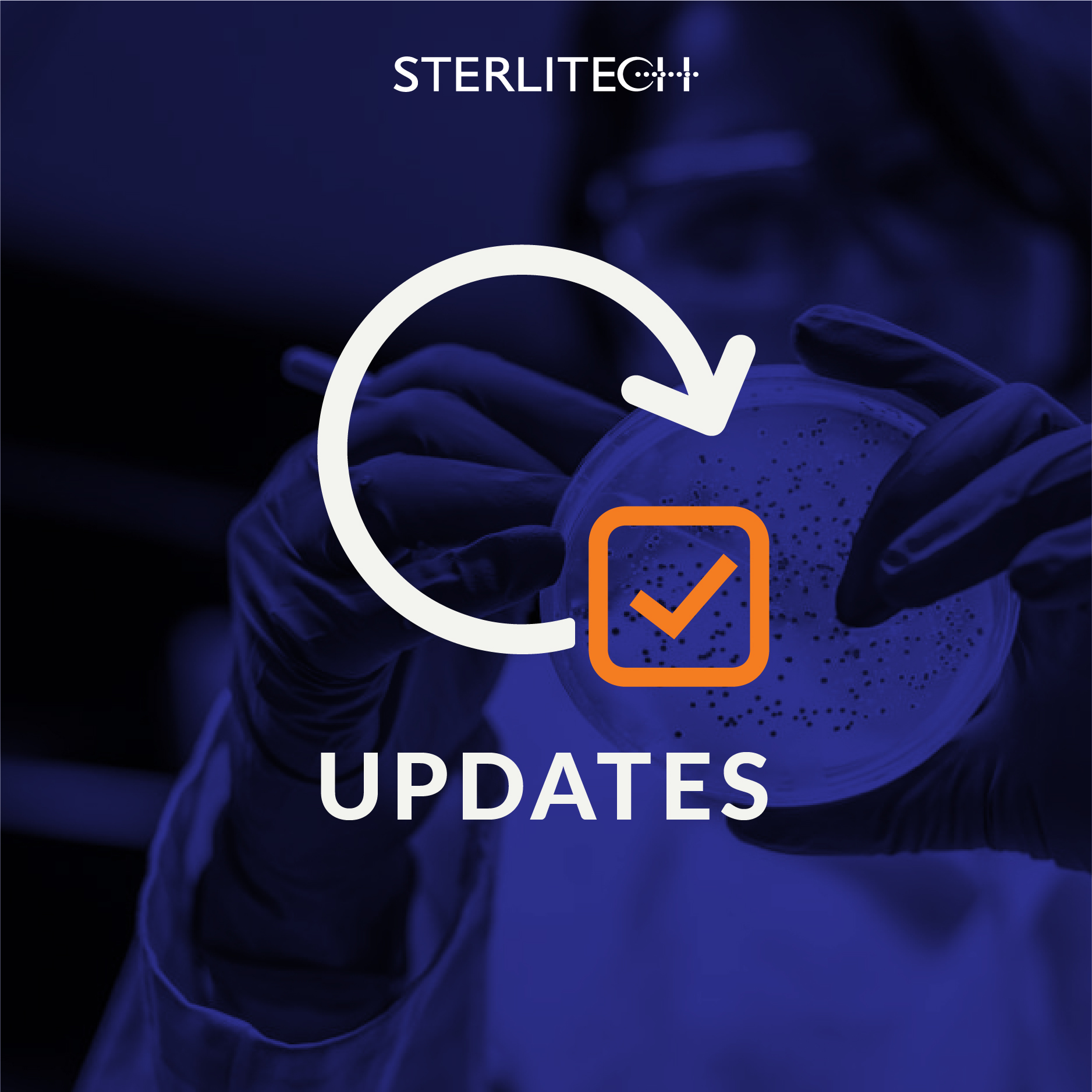

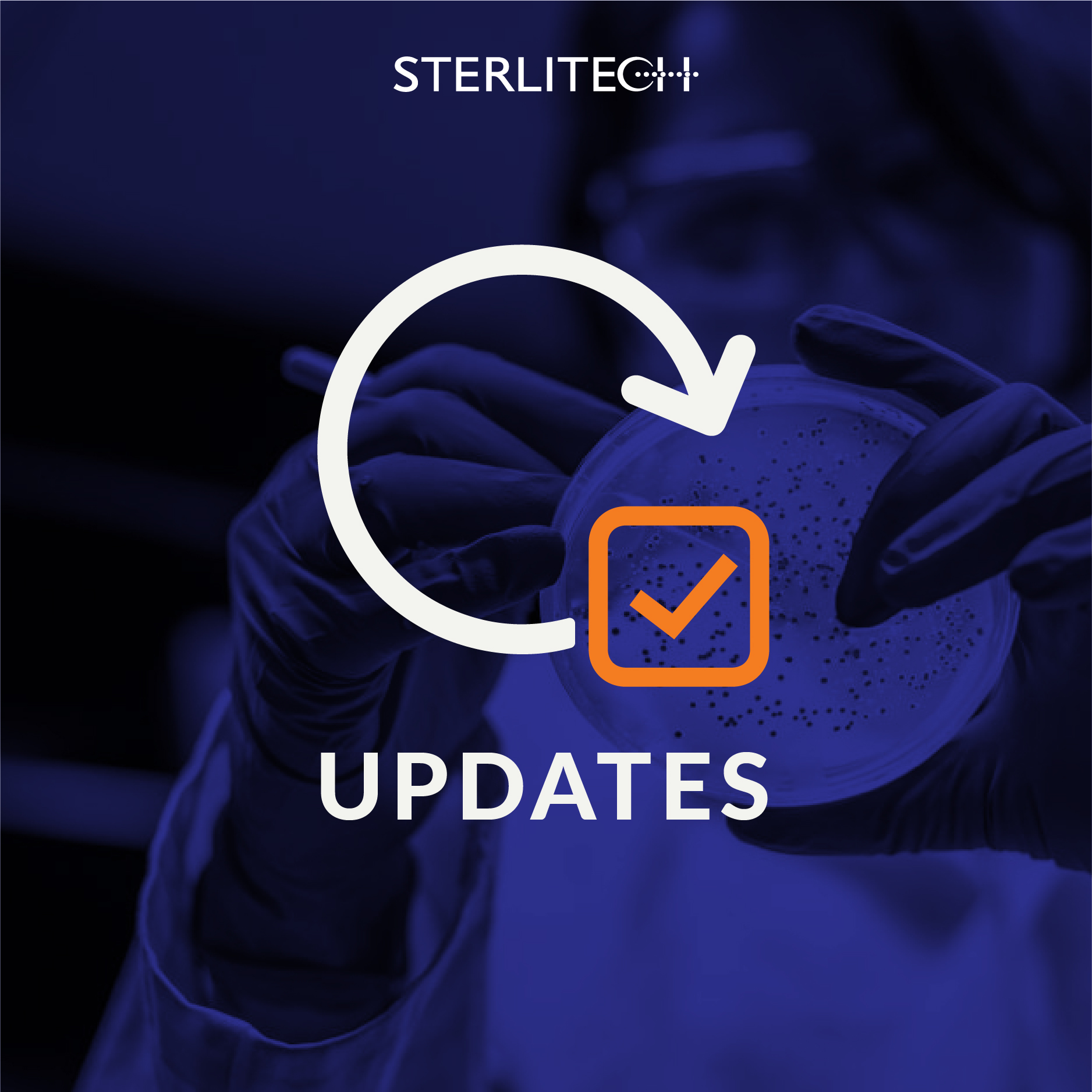
![Join Sterlitech at BIO 2024 [Booth #5558]: Exploring the Future of Biotechnology](https://www.sterlitech.com/media/magefan_blog/b4.jpeg)

